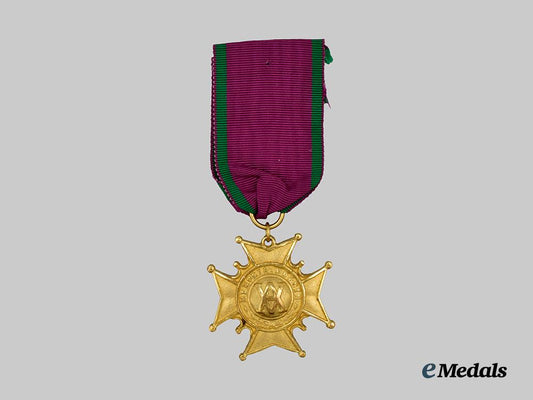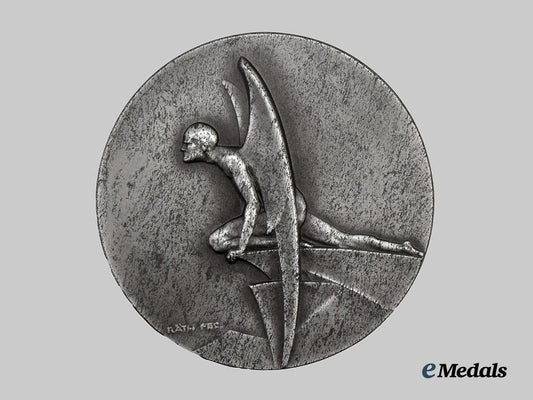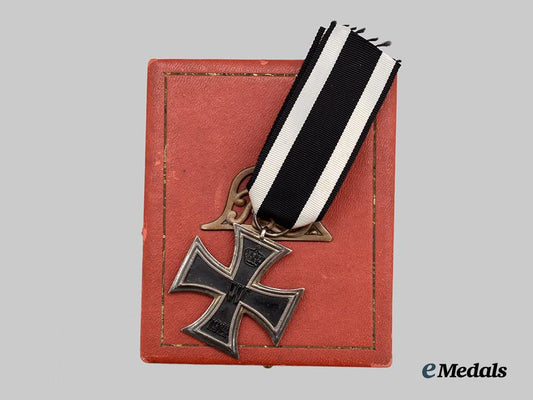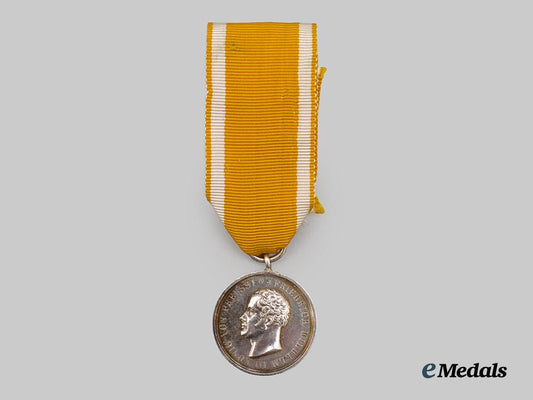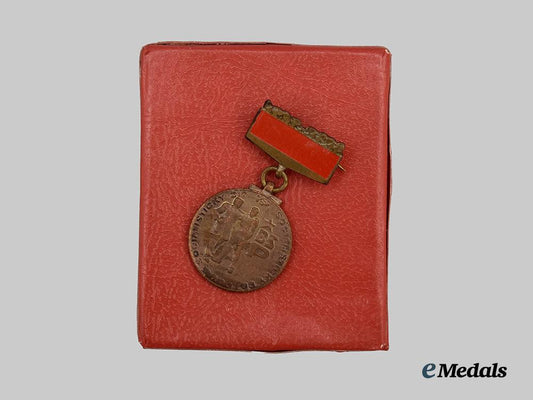
LOADING ...
In response to evolving domestic opinion, eMedals Inc has made the conscious decision to remove the presentation of German Third Reich historical artifacts from our online catalogue. For three decades, eMedals Inc has made an effort to preserve history in all its forms. As historians and researchers, we have managed sensitive articles and materials with the greatest of care and respect for their past and present social context. We acknowledge the growing sentiments put forth by the Canadian public and have taken proactive actions to address this opinion.
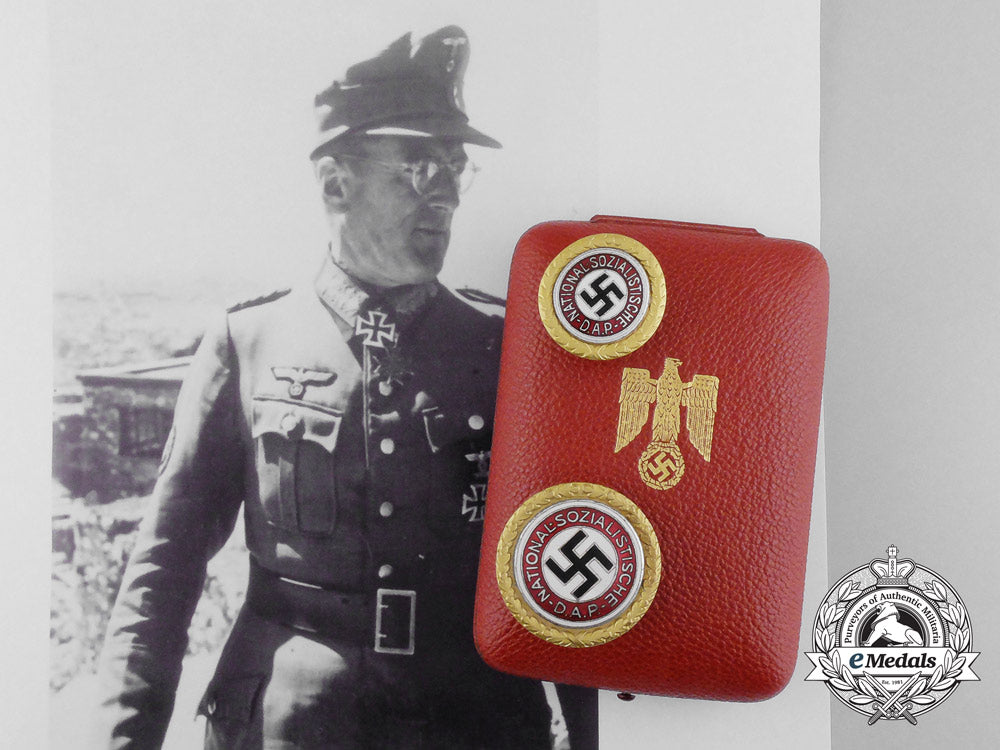
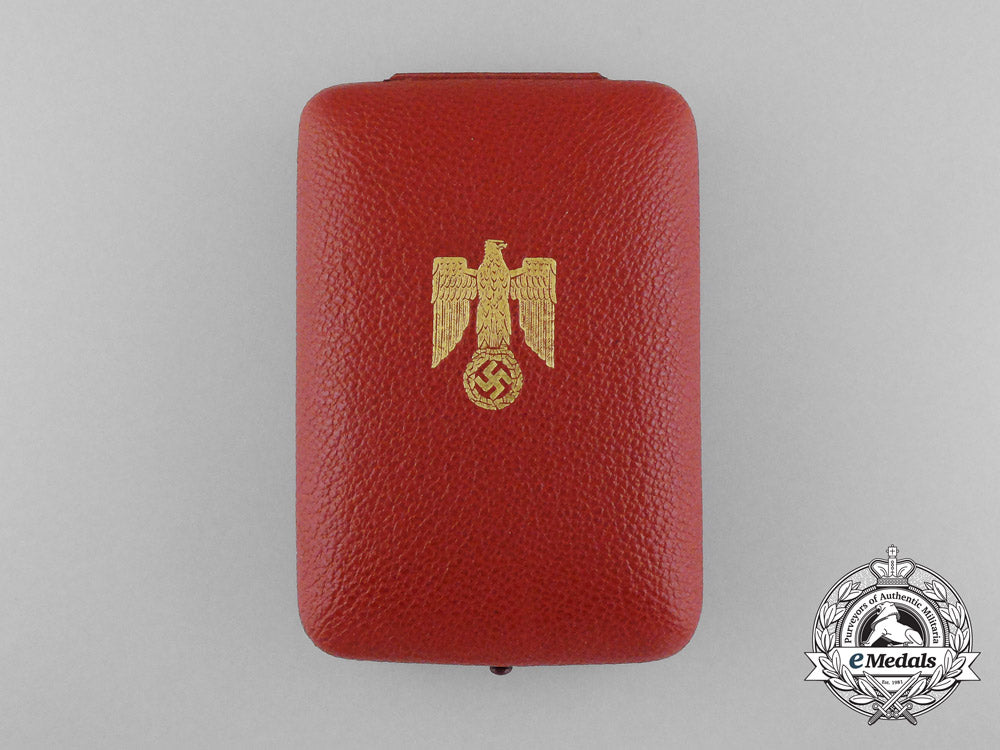
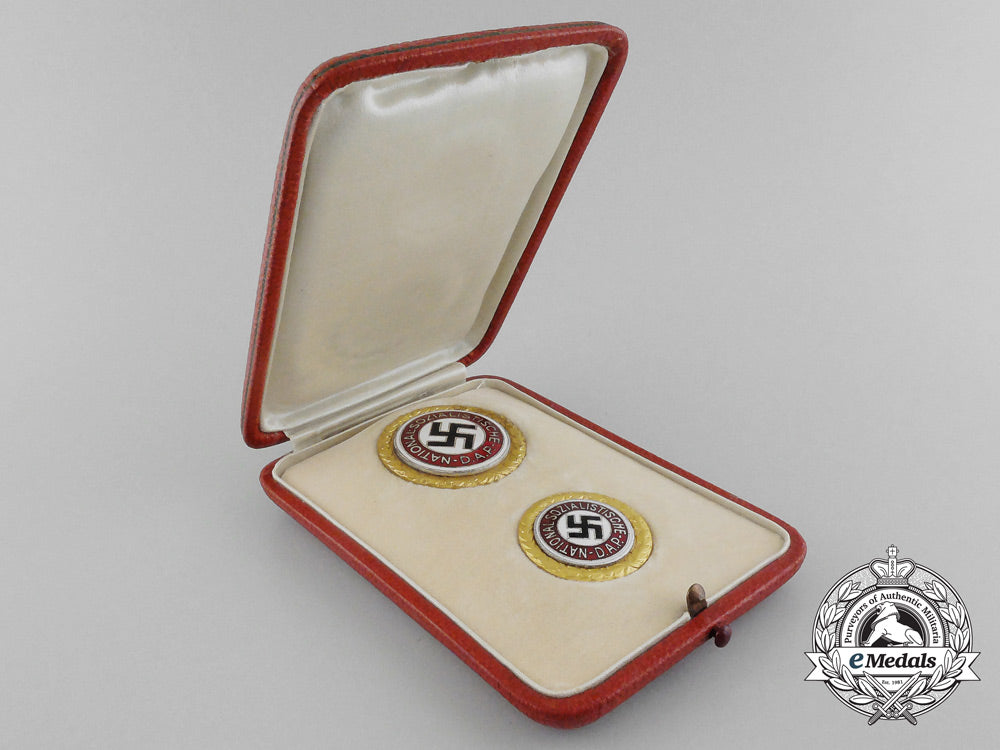
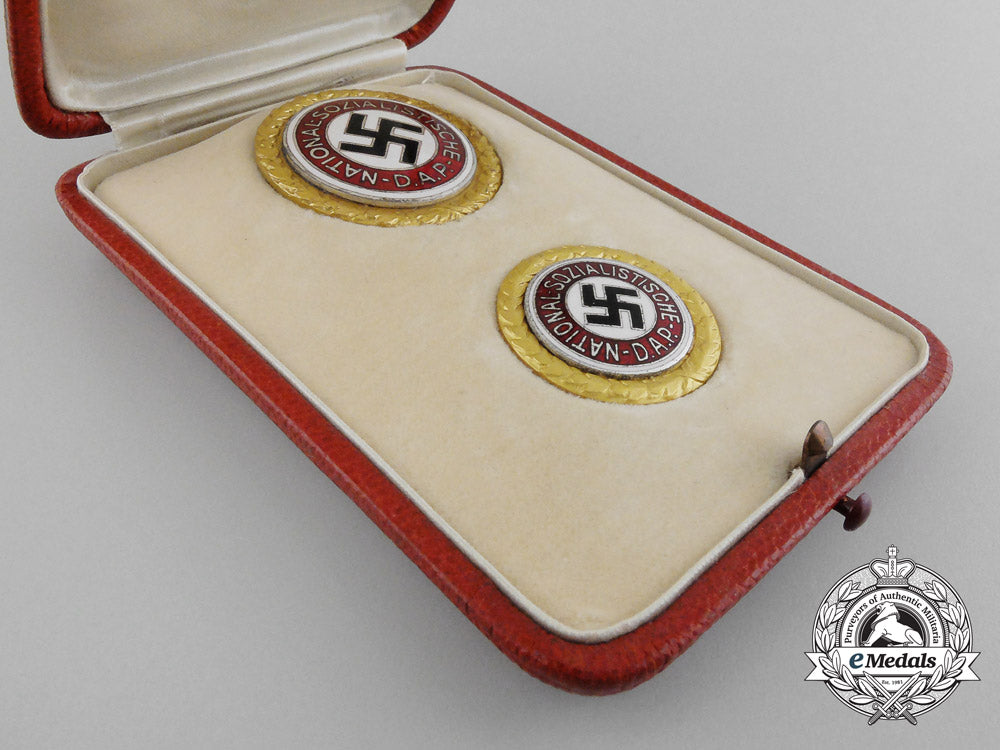
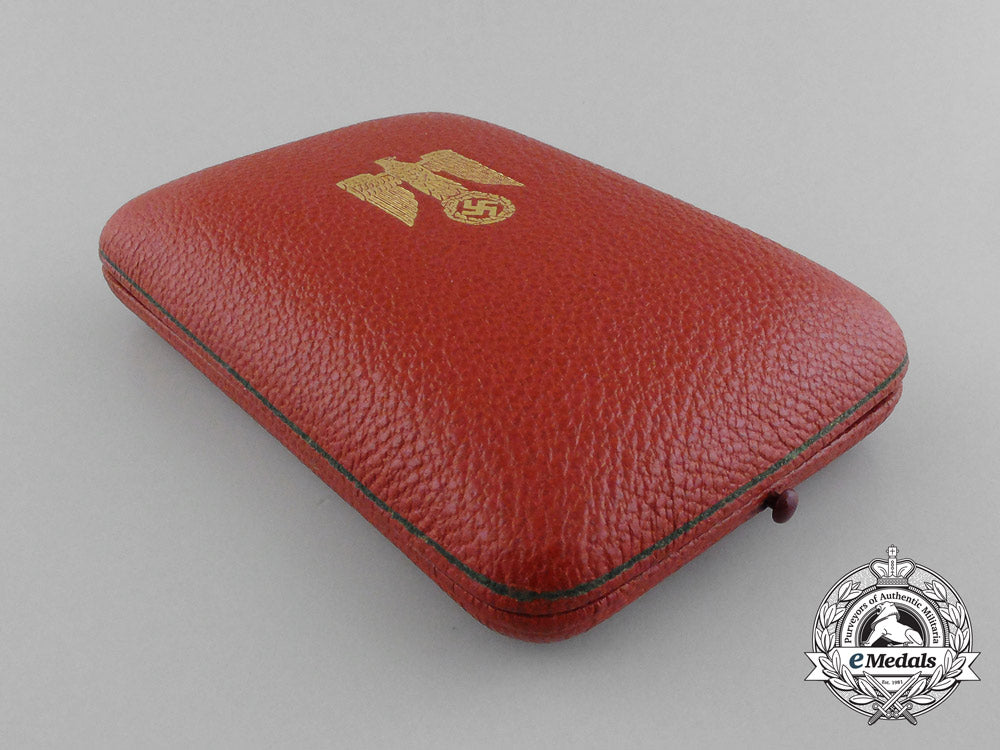
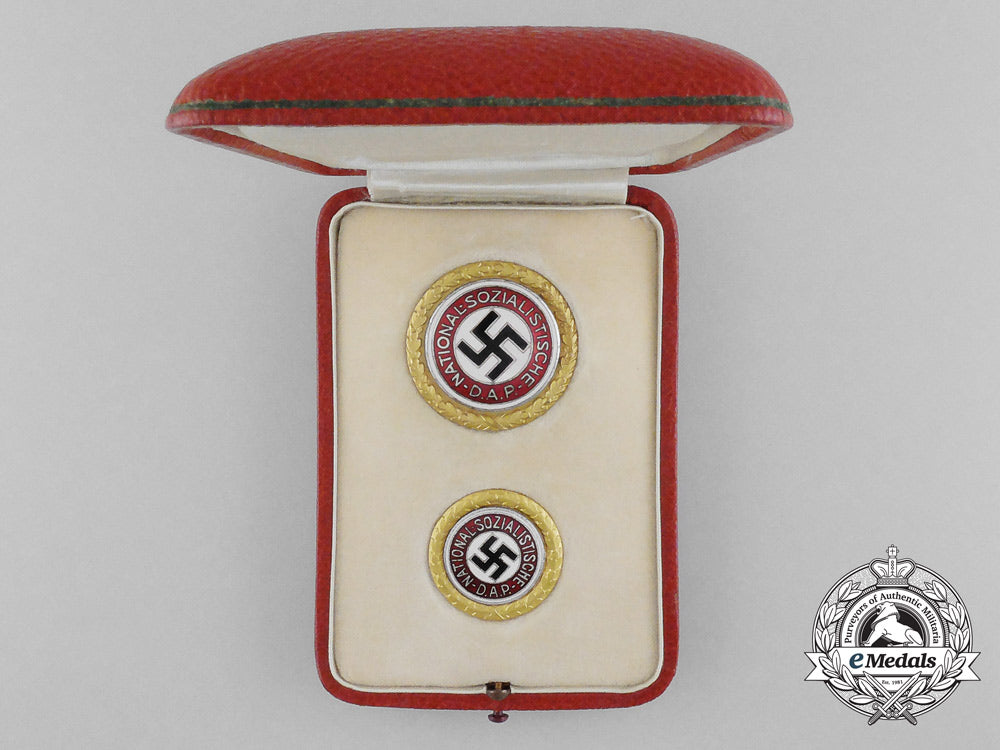
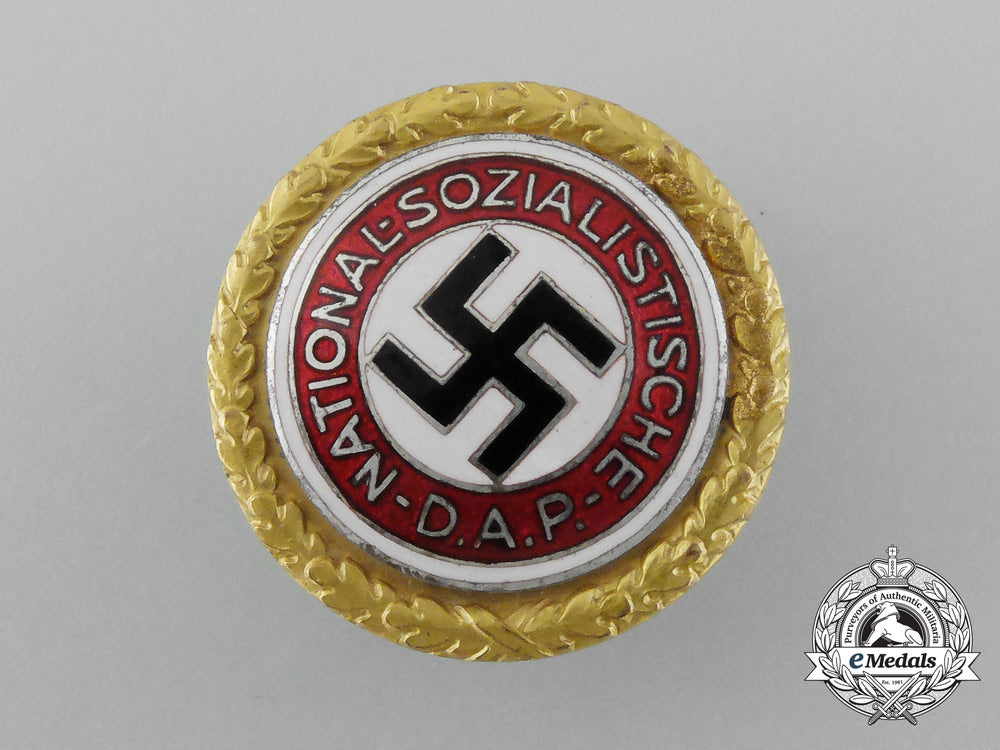
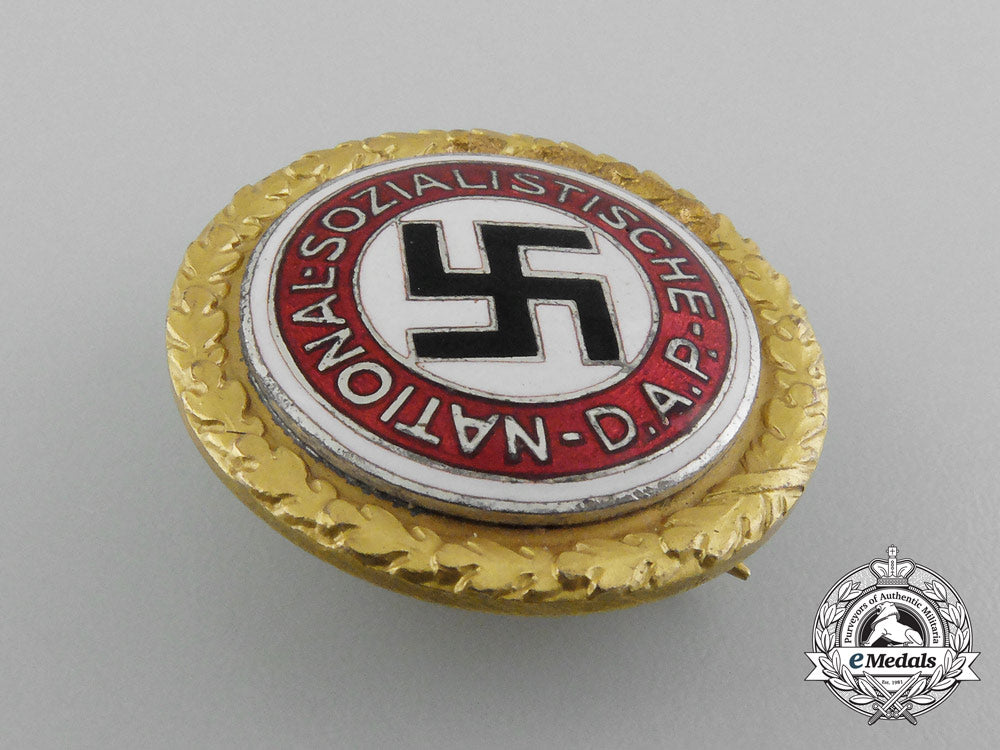
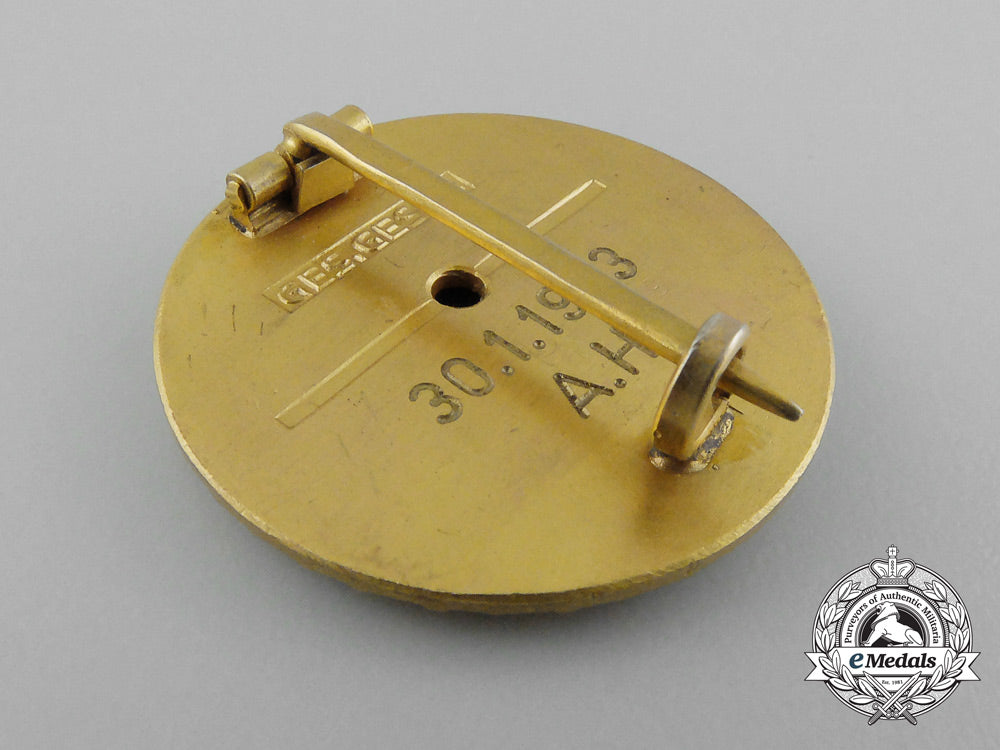
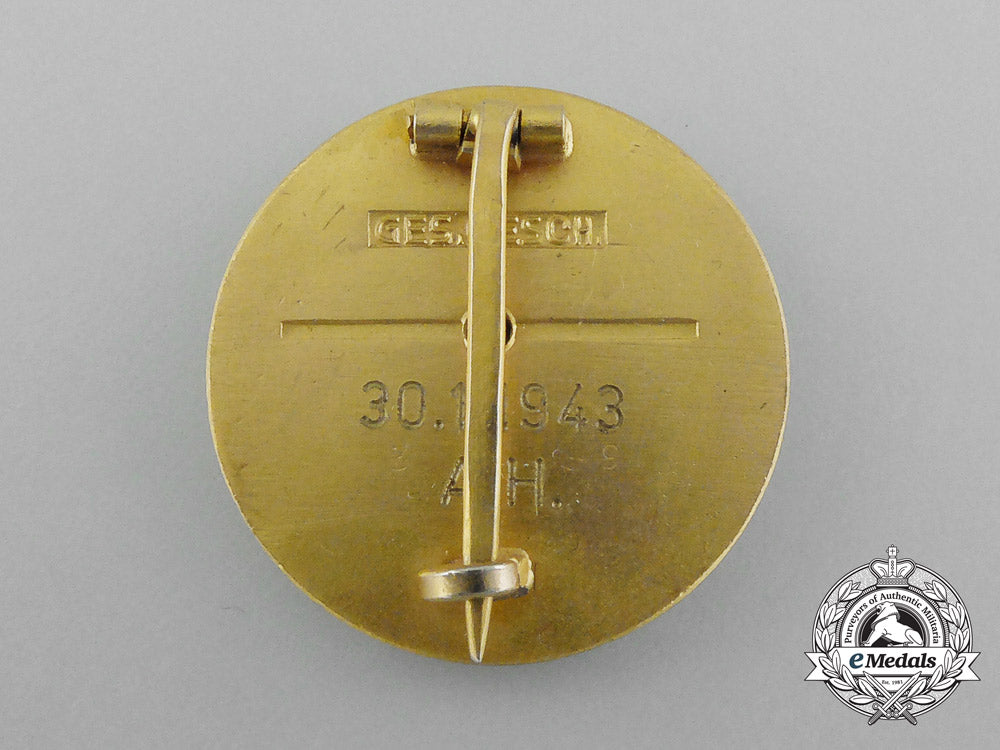
A Set Of A.h. Presentation Nsdap Golden Party Badges To Feldmarschall “Bloody Ferdinand” Schörner
A Set Of A.h. Presentation Nsdap Golden Party Badges To Feldmarschall “Bloody Ferdinand” Schörner
SKU: ITEM: G27863
0% Buyer's Premium
Current Bid:
Your Max Bid:
Bid History:
Time Remaining:
Couldn't load pickup availability
Shipping Details
Shipping Details
eMedals offers rapid domestic and international shipping. Orders received prior to 12:00pm (EST) will be shipped on the same business day.* Orders placed on Canadian Federal holidays will be dispatched the subsequent business day. Courier tracking numbers are provided for all shipments. All items purchased from eMedals can be returned for a full monetary refund or merchandise credit, providing the criteria presented in our Terms & Conditions are met. *Please note that the addition of a COA may impact dispatch time.
Shipping Details
eMedals offers rapid domestic and international shipping. Orders received prior to 12:00pm (EST) will be shipped on the same business day.* Orders placed on Canadian Federal holidays will be dispatched the subsequent business day. Courier tracking numbers are provided for all shipments. All items purchased from eMedals can be returned for a full monetary refund or merchandise credit, providing the criteria presented in our Terms & Conditions are met. *Please note that the addition of a COA may impact dispatch time.
Description
Description
eMedals is pleased to present a set of mint and exceptional quality manufacture A.H. Presentation NSDAP Golden Party badges “Goldene Ehrenzeichen der NSDAP” by Deschler & Sohn of Munich, within their luxurious case of issue, belonging to the highly decorated First War veteran and Feldmarschall of the Wehrmacht, Ferdinand “Bloody Ferdinand” Schörner. This extraordinary set of badges consists of two A.H. Presentation Golden Party badges - one 30.43 mm in diameter to be worn on the standard service uniform, and one 23.91 mm in diameter for other use; both in a special luxurious presentation case of issue. The larger badge is crafted in gilded tombac with extremely well preserved red, white, and black enamels, and is stamped “Ges. Gesch.” (Gesetzlich Geschützt/Protected by Law) and “30.1.1943 A.H.” on the reverse. The badge has a badge-type vertical pinback with a functional hinge and catch, measuring 30.43 mm, and weighing 13.6 grams. The smaller badge is also crafted in gilded tombac and red, white, and black enamels, and is stamped “A.H. 30.1.1943” and maker marked “Deschler München” (Deschler & Sohn, München) on the reverse. The badge has a horizontal pinback, measuring 23.88 mm and weighing 8.3 grams. The case of issue is constructed of fine quality heavy cardstock with a textured red leatherette exterior embossed on the outer lid with a national eagle. The interior of the lid is lined with padded champagne - coloured sink, with the medal bed being constructed of likewise champagne - coloured felt with two recessed medal beds, allowing the medals to sit nearly flush when placed in the case. The case features a fully functional push-button closure, as well as well preserved interior fabric hinge, as well as an exterior metal hinge covered by a matching strip of textured red leatherette. The case measures 98.18 mm x 66.00 mm x 23.00 mm. The set of A.H. Presentation NSDAP Golden Party badges is accompanied by a modern print depicting Ferdinand Schörner in the field in his uniform wearing a Pour le Merite, a Knight’s Cross of the Iron Cross, a Clasp to the Iron Cross 1939, and Iron Cross 1939 First Class, and a silver wound badge. The print measures 278 mm x 214 mm, and is ideal for framing if desired.
Footnote: Ferdinand Schörner (1892-1973) was a Feldmarschall of the Wehrmacht, hated by most, and certainly feared by all men under his command. He was praised by Hitler and Goebbels for his harsh punishment of his men that dared to fall back while fighting, regularly sending men on suicide missions, tearing off rank insignia and decorations, and hanging or shooting soldiers for desertion or even suspected attempts of desertion. Goebbels praised his methods as highly successful, and wrote in his diary that Schörner would hang deserters with a sign around their necks that read, “I am a deserter. I have declined to defend German women and children, and therefore I have been hanged”. Due to his brutal methods he acquired the nickname “Bloody Ferdinand” (Blutiger Ferdinand) and became Hitler’s favourite commander. He was born in Munich, Bavaria and volunteered to join the Bavarian Army where he was placed in the reserves. With the beginning of the First War, he fought at the Western Front, in Tyrol (Austria), Serbia, Romania, and Italy. For his successes, he was promoted to Lieutenant of the Reserves and was awarded the Pour le Merite in October 1917 as the only Bavarian Infantry Lieutenant to receive it. He was also wounded three times during battle and was awarded a Silver Grade wound badge for his injuries. After the war, Schörner joined the Freikorps Epp (A paramilitary Free Crops organisation), and then the Reichswehr in 1920. In 1923 he served as the Adjutant of the District Commander of Munich, General von Lossow, and, ironically, helped quell Hitler’s Beer Hall Putsch. He was promoted several times, so that shortly before the outbreak of the Second War he reached the rank of Colonel in the Wehrmacht. In 1939 he took part in the attack on Poland, commanding the Gebirgsjäger (Mountain Troop) Regiment 98. In 1940 he received command of the 6th Mountain Division and let it in the attack on France. In 1941 he fought in the Balkan Campaign, and immediately after, in the Greek Campaign. For several successful breakthroughs and attacks he was awarded the Knight’s Cross on April 20, 1941. In late 1941 Schörner was redeployed to northern Europe and received command of the Mountain Corps Norway where he was promoted to General der Gebirgstruppe. In late 1943 Schörner fought in the Ukraine, commanding the 40th Panzer Corps of the 1st Panzer Army, where he received the Oak Leaves on February 17, 1944, for successfully evacuating a bridge head. In March of the same year he was promoted to Colonel General and received command of the Army Group South Ukraine, until July, when he took command of the Army Group North. With it he managed to restore connections to the Army Group Centre in Courland, for which he received the Swords on August 28, 1944. The Diamonds followed on January 1, 1945 for successfully defending the Courland position for three months. In the same month Schörner became Supreme Commander of Army Group A until he was promoted to General Field Marshal on April 5th of the same year.When the war was lost, Schörner took a plane to Austria to be captured by the Americans rather than the Soviets. Ironically, he was wearing civilian clothes at the time - something for which he would have had any soldier under his command hanged on the spot. However, he was extradited to Russia where he was sentenced in 1952 to 25 years in prison for war crimes. He only served 2 years before being sent back to East Germany and released to West Germany, where in 1957 he was convicted again to 4.5 years in prison for the murder of German soldiers. In 1960 he was released due to declining health. He died on July 2, 1973 in obscurity. Soldiers of the Bundeswehr, the post-war German Army, were not allowed to attend his funeral in uniform, and even attendance in civilian clothing was discouraged. The Golden Party Badge of the NSDAP was established by a decree of Adolf Hitler on October 13, 1933 to honour those NSDAP members who had been a member as of November 9, 1933 with a membership number under 100,000. Adolf Hitler reserved the right to award a special award given for outstanding and exemplary service to the NSDAP or the state. These special A.H presentation badges were identical to standard Golden Party Badges, but instead of the party number, they were engraved with the date of issuance (almost always 30.1.xxxx) and the initials “A.H.”. The last of these badges was awarded in 1944, with about 900 being awarded in total.Description
eMedals is pleased to present a set of mint and exceptional quality manufacture A.H. Presentation NSDAP Golden Party badges “Goldene Ehrenzeichen der NSDAP” by Deschler & Sohn of Munich, within their luxurious case of issue, belonging to the highly decorated First War veteran and Feldmarschall of the Wehrmacht, Ferdinand “Bloody Ferdinand” Schörner. This extraordinary set of badges consists of two A.H. Presentation Golden Party badges - one 30.43 mm in diameter to be worn on the standard service uniform, and one 23.91 mm in diameter for other use; both in a special luxurious presentation case of issue. The larger badge is crafted in gilded tombac with extremely well preserved red, white, and black enamels, and is stamped “Ges. Gesch.” (Gesetzlich Geschützt/Protected by Law) and “30.1.1943 A.H.” on the reverse. The badge has a badge-type vertical pinback with a functional hinge and catch, measuring 30.43 mm, and weighing 13.6 grams. The smaller badge is also crafted in gilded tombac and red, white, and black enamels, and is stamped “A.H. 30.1.1943” and maker marked “Deschler München” (Deschler & Sohn, München) on the reverse. The badge has a horizontal pinback, measuring 23.88 mm and weighing 8.3 grams. The case of issue is constructed of fine quality heavy cardstock with a textured red leatherette exterior embossed on the outer lid with a national eagle. The interior of the lid is lined with padded champagne - coloured sink, with the medal bed being constructed of likewise champagne - coloured felt with two recessed medal beds, allowing the medals to sit nearly flush when placed in the case. The case features a fully functional push-button closure, as well as well preserved interior fabric hinge, as well as an exterior metal hinge covered by a matching strip of textured red leatherette. The case measures 98.18 mm x 66.00 mm x 23.00 mm. The set of A.H. Presentation NSDAP Golden Party badges is accompanied by a modern print depicting Ferdinand Schörner in the field in his uniform wearing a Pour le Merite, a Knight’s Cross of the Iron Cross, a Clasp to the Iron Cross 1939, and Iron Cross 1939 First Class, and a silver wound badge. The print measures 278 mm x 214 mm, and is ideal for framing if desired.
Footnote: Ferdinand Schörner (1892-1973) was a Feldmarschall of the Wehrmacht, hated by most, and certainly feared by all men under his command. He was praised by Hitler and Goebbels for his harsh punishment of his men that dared to fall back while fighting, regularly sending men on suicide missions, tearing off rank insignia and decorations, and hanging or shooting soldiers for desertion or even suspected attempts of desertion. Goebbels praised his methods as highly successful, and wrote in his diary that Schörner would hang deserters with a sign around their necks that read, “I am a deserter. I have declined to defend German women and children, and therefore I have been hanged”. Due to his brutal methods he acquired the nickname “Bloody Ferdinand” (Blutiger Ferdinand) and became Hitler’s favourite commander. He was born in Munich, Bavaria and volunteered to join the Bavarian Army where he was placed in the reserves. With the beginning of the First War, he fought at the Western Front, in Tyrol (Austria), Serbia, Romania, and Italy. For his successes, he was promoted to Lieutenant of the Reserves and was awarded the Pour le Merite in October 1917 as the only Bavarian Infantry Lieutenant to receive it. He was also wounded three times during battle and was awarded a Silver Grade wound badge for his injuries. After the war, Schörner joined the Freikorps Epp (A paramilitary Free Crops organisation), and then the Reichswehr in 1920. In 1923 he served as the Adjutant of the District Commander of Munich, General von Lossow, and, ironically, helped quell Hitler’s Beer Hall Putsch. He was promoted several times, so that shortly before the outbreak of the Second War he reached the rank of Colonel in the Wehrmacht. In 1939 he took part in the attack on Poland, commanding the Gebirgsjäger (Mountain Troop) Regiment 98. In 1940 he received command of the 6th Mountain Division and let it in the attack on France. In 1941 he fought in the Balkan Campaign, and immediately after, in the Greek Campaign. For several successful breakthroughs and attacks he was awarded the Knight’s Cross on April 20, 1941. In late 1941 Schörner was redeployed to northern Europe and received command of the Mountain Corps Norway where he was promoted to General der Gebirgstruppe. In late 1943 Schörner fought in the Ukraine, commanding the 40th Panzer Corps of the 1st Panzer Army, where he received the Oak Leaves on February 17, 1944, for successfully evacuating a bridge head. In March of the same year he was promoted to Colonel General and received command of the Army Group South Ukraine, until July, when he took command of the Army Group North. With it he managed to restore connections to the Army Group Centre in Courland, for which he received the Swords on August 28, 1944. The Diamonds followed on January 1, 1945 for successfully defending the Courland position for three months. In the same month Schörner became Supreme Commander of Army Group A until he was promoted to General Field Marshal on April 5th of the same year.When the war was lost, Schörner took a plane to Austria to be captured by the Americans rather than the Soviets. Ironically, he was wearing civilian clothes at the time - something for which he would have had any soldier under his command hanged on the spot. However, he was extradited to Russia where he was sentenced in 1952 to 25 years in prison for war crimes. He only served 2 years before being sent back to East Germany and released to West Germany, where in 1957 he was convicted again to 4.5 years in prison for the murder of German soldiers. In 1960 he was released due to declining health. He died on July 2, 1973 in obscurity. Soldiers of the Bundeswehr, the post-war German Army, were not allowed to attend his funeral in uniform, and even attendance in civilian clothing was discouraged. The Golden Party Badge of the NSDAP was established by a decree of Adolf Hitler on October 13, 1933 to honour those NSDAP members who had been a member as of November 9, 1933 with a membership number under 100,000. Adolf Hitler reserved the right to award a special award given for outstanding and exemplary service to the NSDAP or the state. These special A.H presentation badges were identical to standard Golden Party Badges, but instead of the party number, they were engraved with the date of issuance (almost always 30.1.xxxx) and the initials “A.H.”. The last of these badges was awarded in 1944, with about 900 being awarded in total.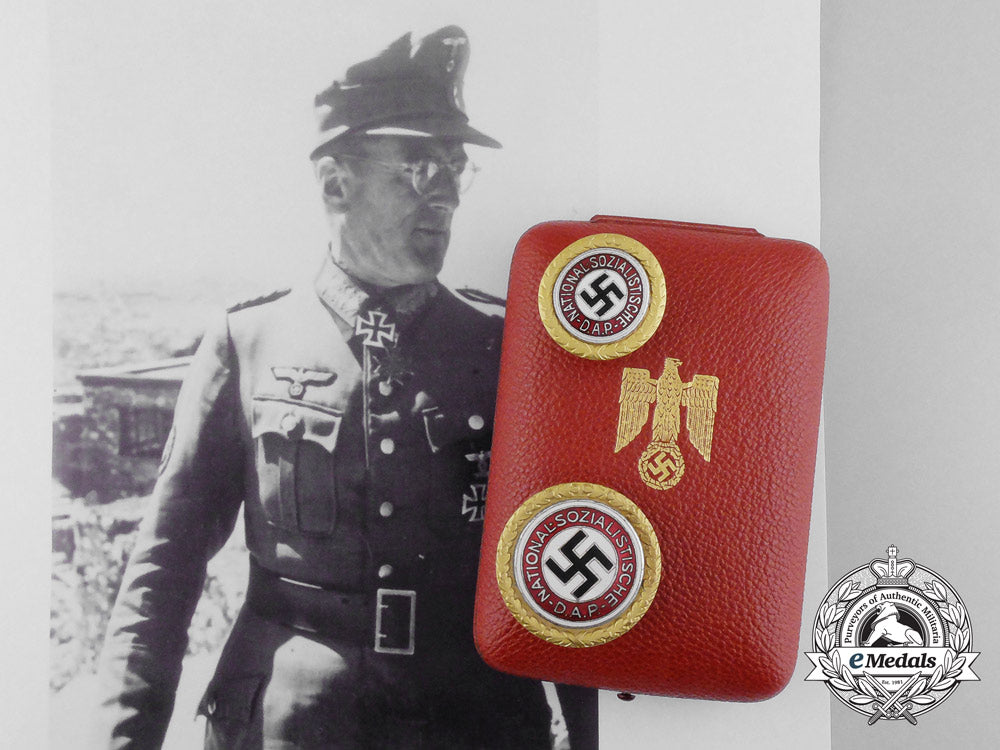
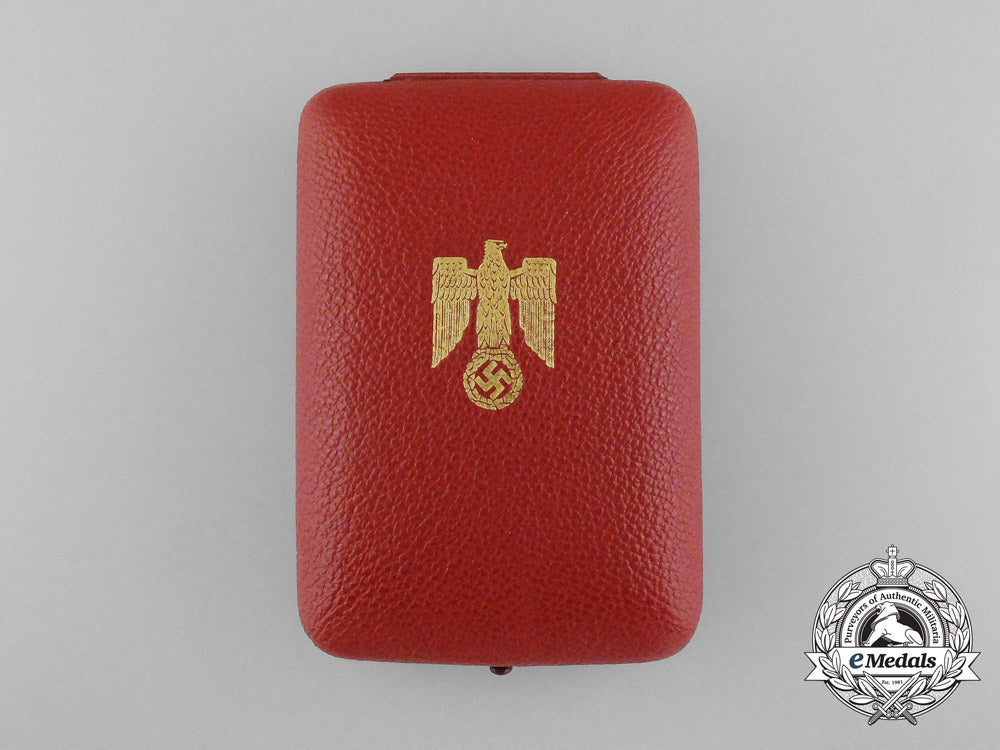
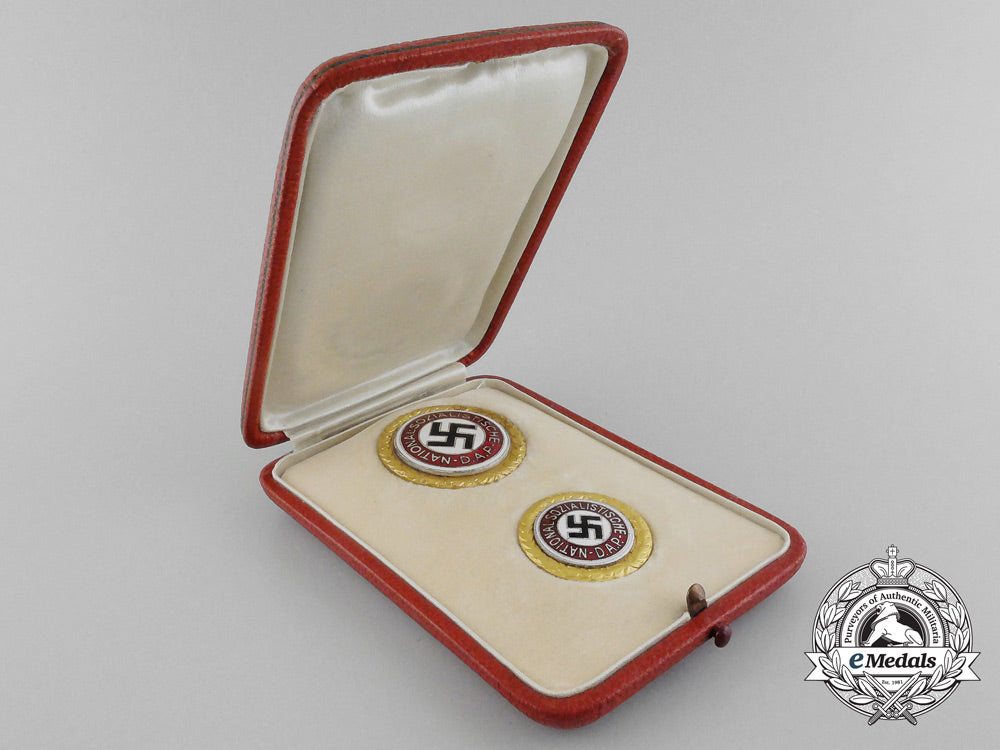
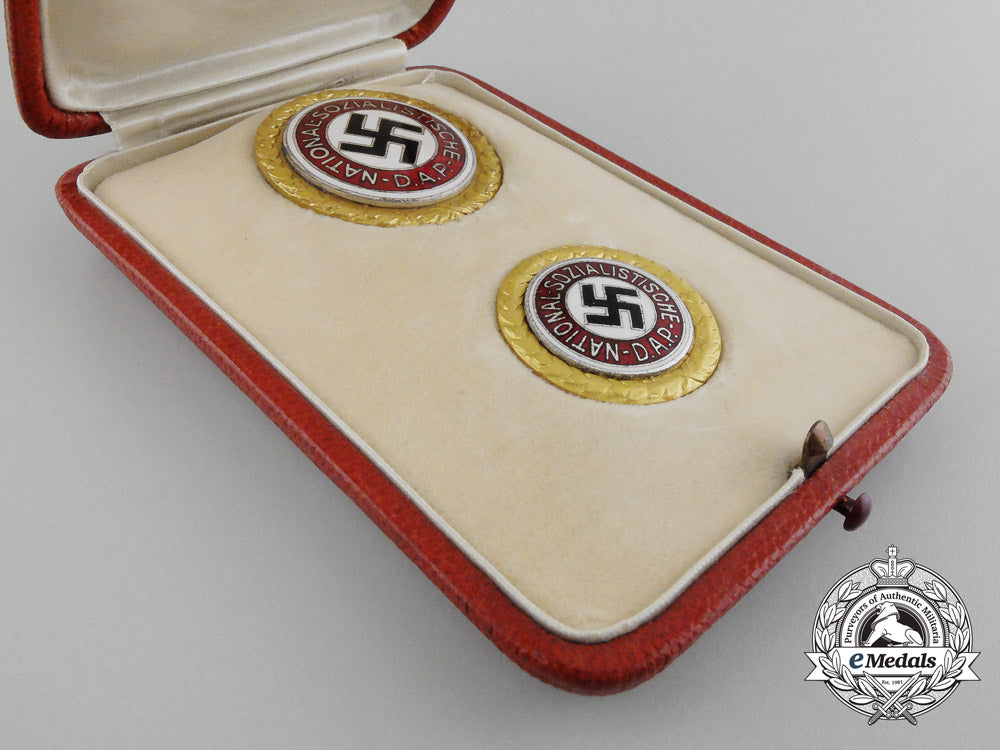
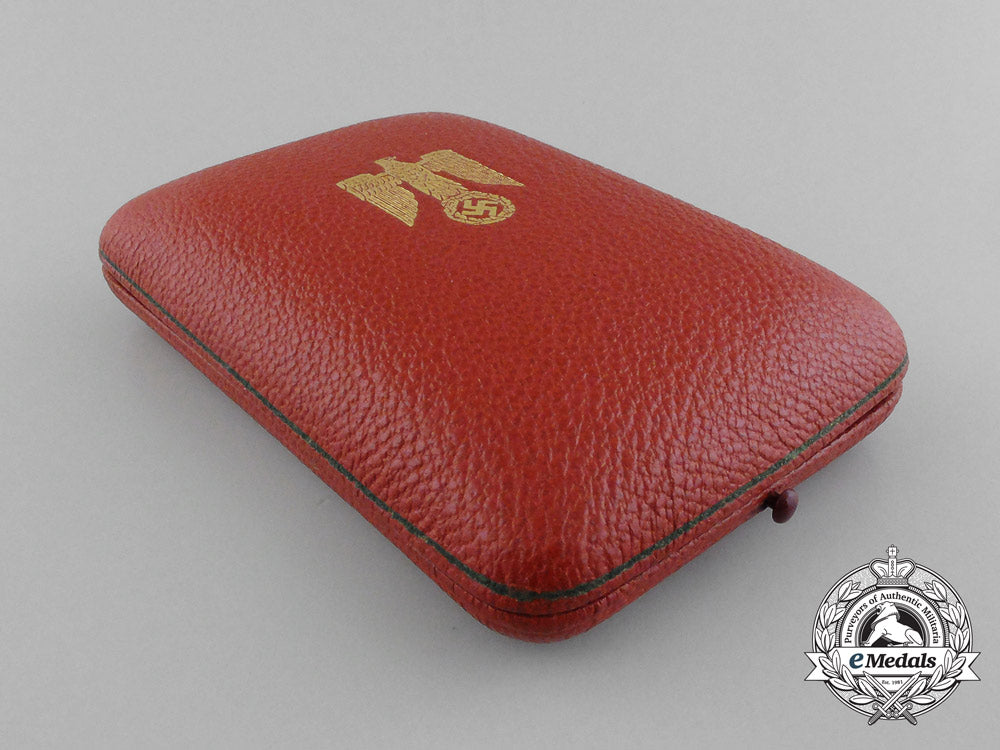
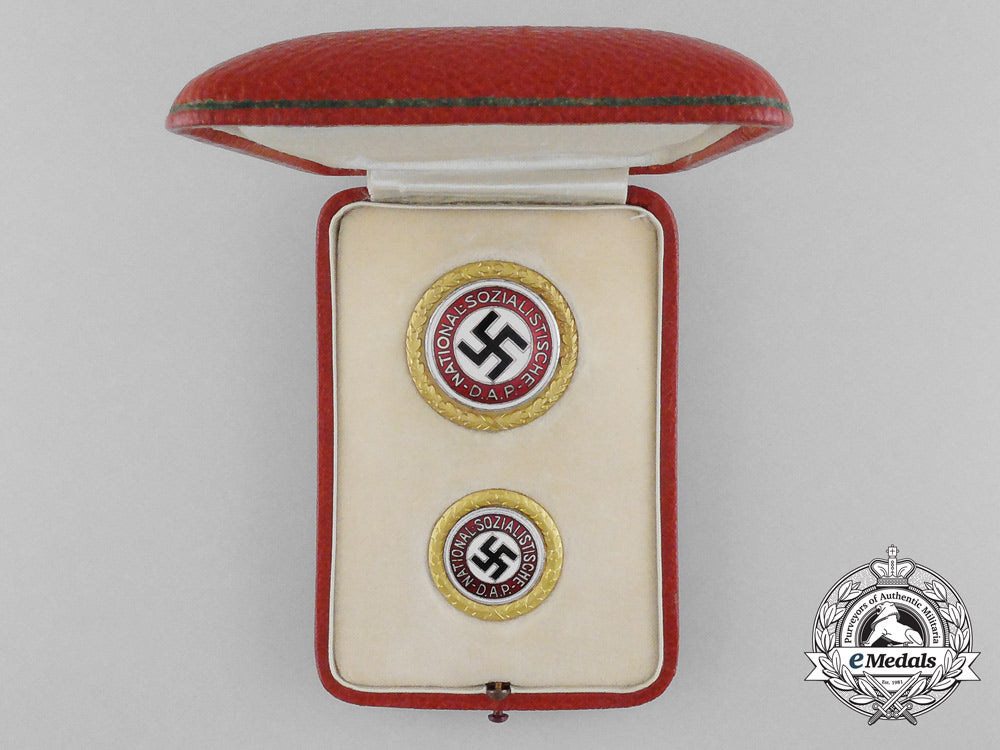
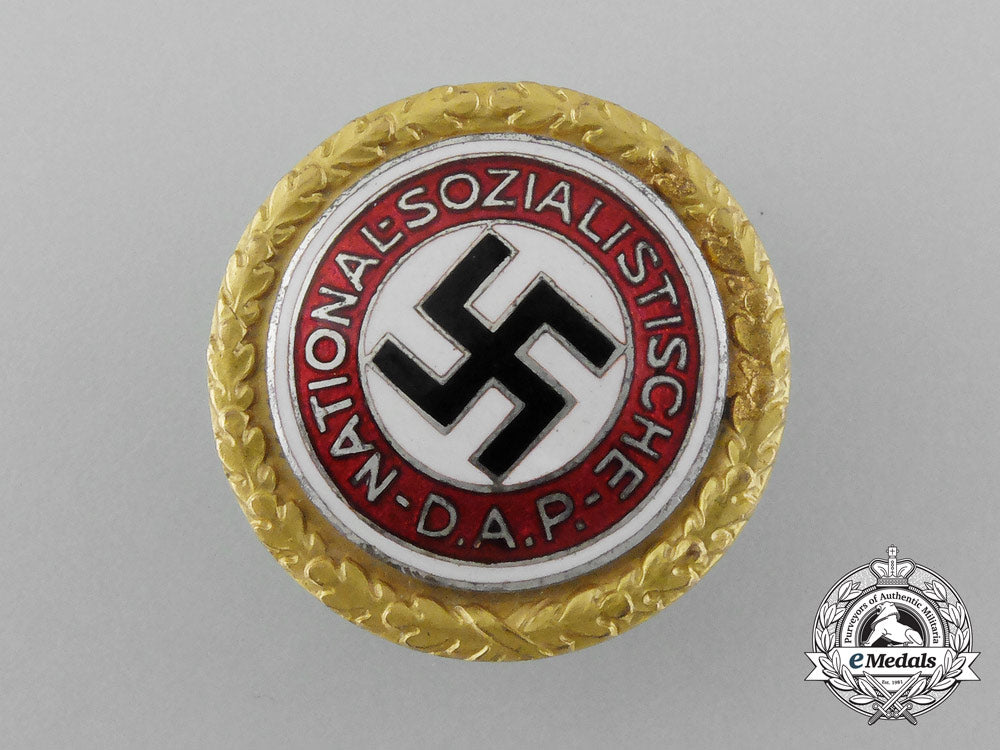
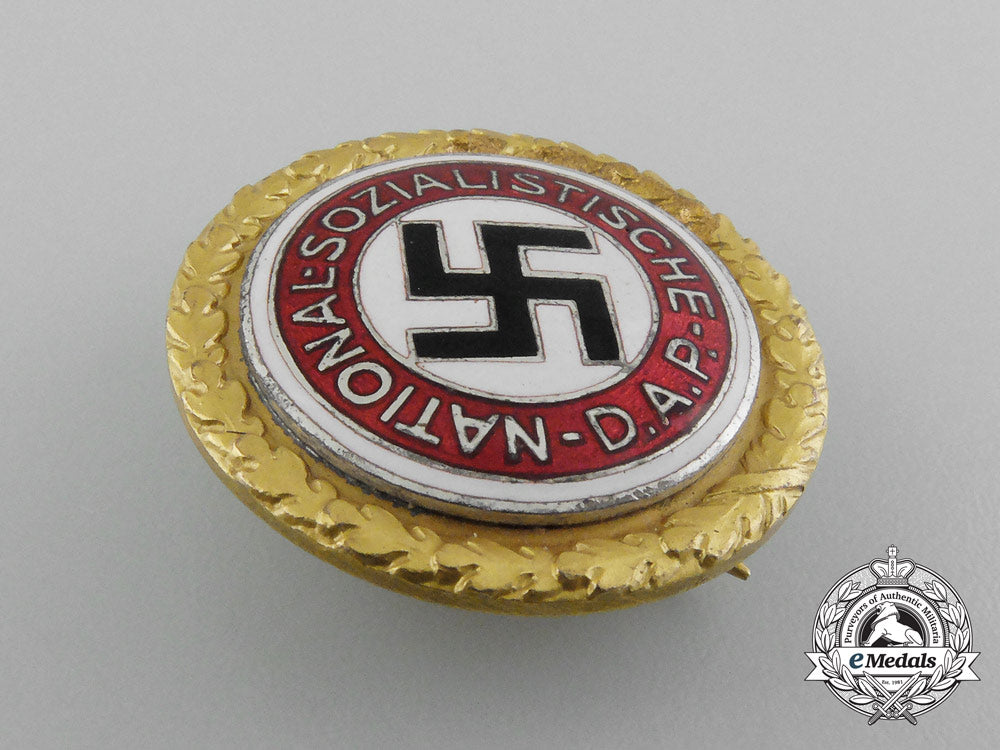
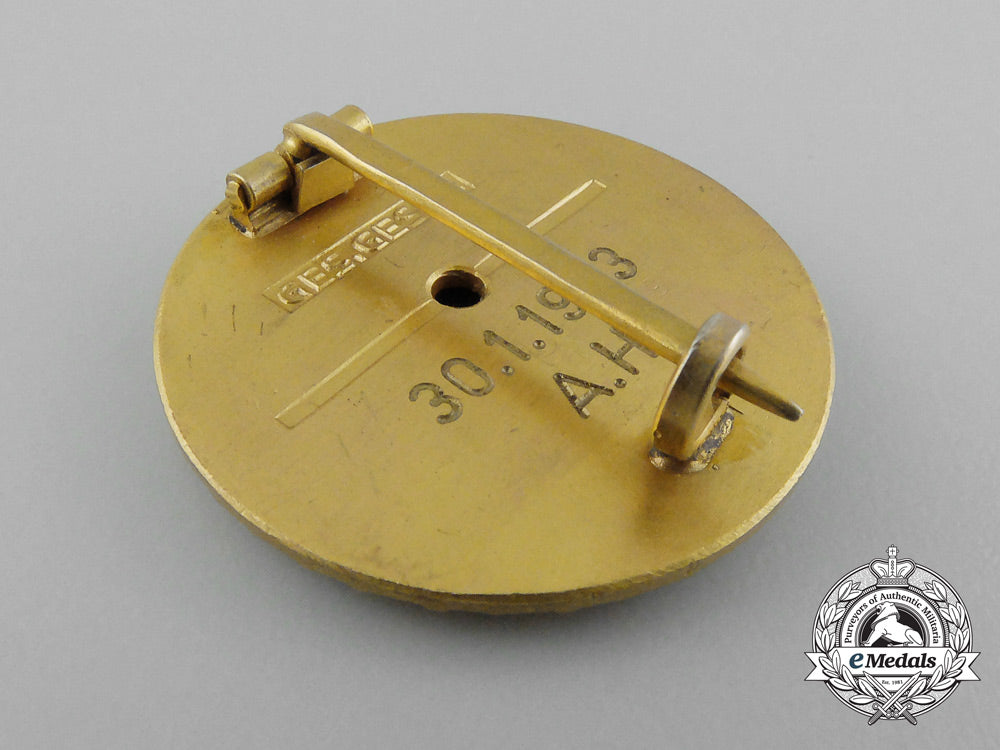
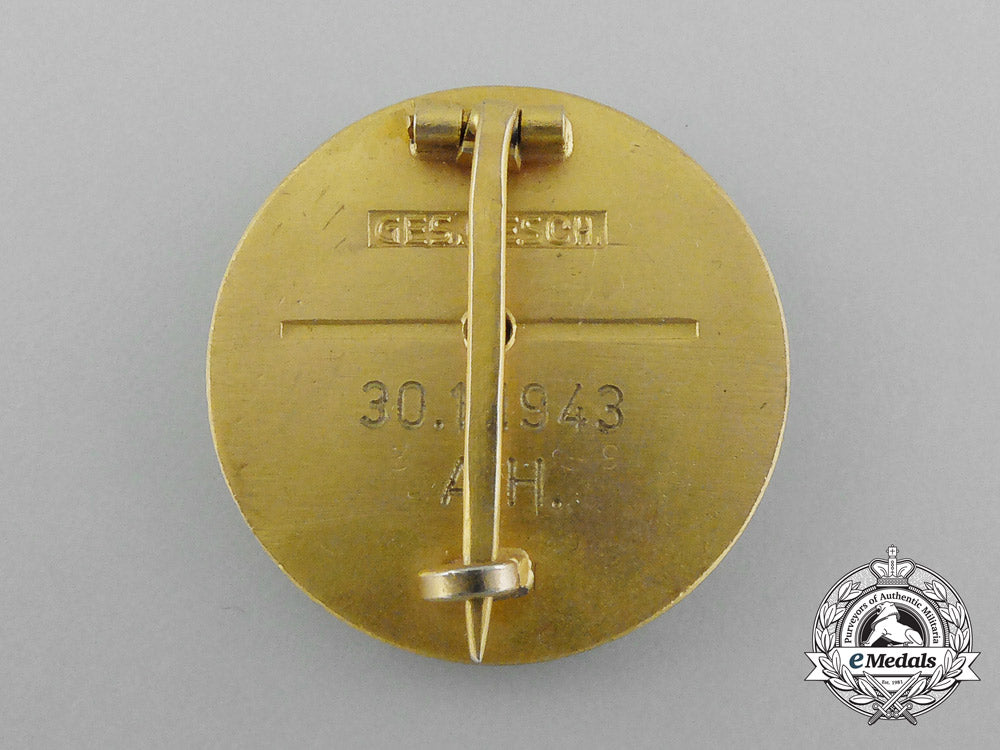
You May Also Like
Sweden, Kingdom. An Order of the Armaranth, Badge
M0704-77
Germany, Third Reich. A 1944 Meeting of German Medal Manufacturers in Vienna Commemorative Table Medal
M0704-76
Germany, Imperial. A 1914 Iron Cross II Class, with Custom Presentation Case to the 26th Reserve Division
G60356
Prussia, Kingdom. A Life Saving Medal, Type 4
G60353
Slovakia. An Employee Work Performance Medal with Case
EU9751
-
Sweden, Kingdom. An Order of the Armaranth, Badge
M0704-77
Add to CartRegular price $80 USDRegular price $0 USD Sale price $80 USDUnit price / per -
Germany, Third Reich. A 1944 Meeting of German Medal Manufacturers in Vienna Commemorative Table Medal
M0704-76
Add to CartRegular price $135 USDRegular price $0 USD Sale price $135 USDUnit price / per -
Germany, Imperial. A 1914 Iron Cross II Class, with Custom Presentation Case to the 26th Reserve Division
G60356
Add to CartRegular price $270 USDRegular price $0 USD Sale price $270 USDUnit price / per -
Prussia, Kingdom. A Life Saving Medal, Type 4
G60353
Add to CartRegular price $205 USDRegular price $0 USD Sale price $205 USDUnit price / per -
Slovakia. An Employee Work Performance Medal with Case
EU9751
Add to CartRegular price $80 USDRegular price $0 USD Sale price $80 USDUnit price / per
Do you have a similar item you are interested in selling?
Please complete the form and our client care representatives will contact you.
Sell Item



















